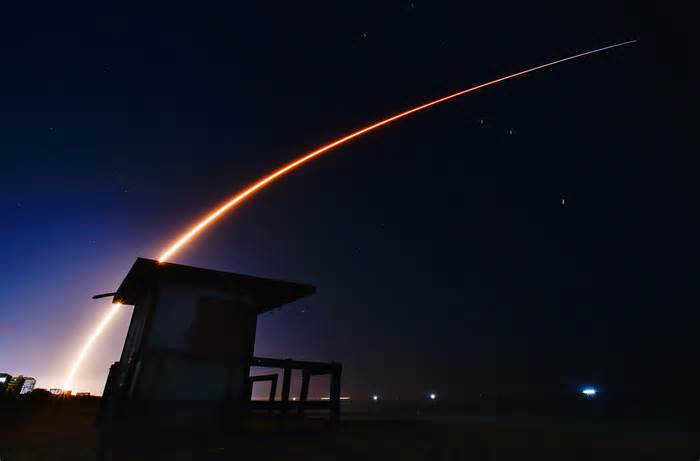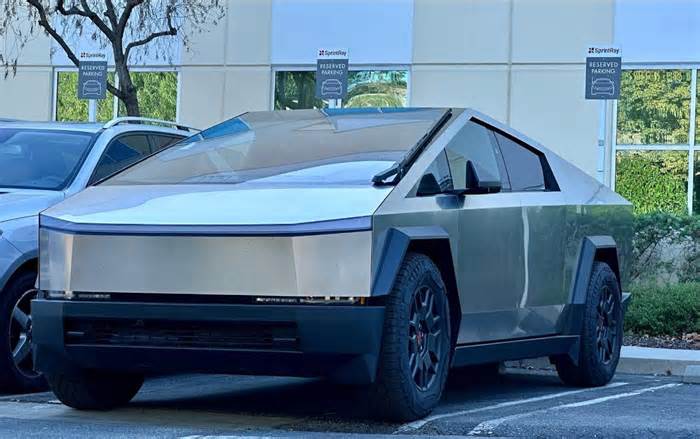
NASA selects Falcon Heavy to launch Dragonfly mission
- by SpaceNews
- Nov 26, 2024
- 0 Comments
- 0 Likes Flag 0 Of 5

SpaceX
WASHINGTON — NASA has selected SpaceX’s Falcon Heavy to launch a multibillion-dollar mission to Saturn’s moon Titan in 2028.
NASA announced Nov. 25 that it awarded a contract to SpaceX for the Falcon Heavy launch of Dragonfly during a window that runs from July 5 to July 25 in 2028. The contract is valued at $256.6 million for the launch and related services.
That value is significantly more than some other NASA science missions launching on Falcon Heavy. The launch of Europa Clipper, which took place Oct. 14 on a Falcon Heavy, cost NASA $178 million under a contract awarded in 2021. The Psyche asteroid mission, which launched a year earlier on another Falcon Heavy, cost NASA $117 million under a 2020 contract.
Dragonfly, unlike those other missions, will use a radioisotope thermoelectric generator (RTG) to provide power. Additional costs associated with mission management and handling of the RTG may account for the higher price. In 2021, NASA awarded SpaceX a $331.8 million contract for the Falcon Heavy launch of the first two elements of the lunar Gateway, a mission that requires the use of an extended payload fairing and additional prelaunch processing.
Dragonfly is a New Frontiers-class planetary science mission that will land on Titan, Saturn’s largest moon and a world with an atmosphere denser than Earth’s. The spacecraft will then operate as a rotorcraft, flying from location to location across Titan’s surface to study its habitability and determine if the world could have once supported life.
The mission passed a confirmation review in April despite challenges in its early development that caused its estimated cost to soar to $3.35 billion. The New Frontiers program, at the time of Dragonfly’s selection in 2019, had set a cost cap of $850 million, excluding launch and operations.
NASA blamed the cost increase on several factors, including budget restrictions that stretched out early phases of its development and delayed its launch from 2026 to 2028. Dragonfly’s costs also grew because of pandemic-related impacts on labor costs and supply chain issues. The mission also went through what NASA described as an “in-depth design iteration” before its preliminary design review.
NASA’s statement did not disclose if the agency considered other vehicles for the launch of Dragonfly. While large launch vehicles like Blue Origin’s New Glenn and United Launch Alliance’s Vulcan Centaur are anticipated to be in service in 2028, both must be certified for high-value NASA missions like Dragonfly, particularly those carrying an RTG. Agency spokespersons did not immediately respond to questions Nov. 25 about the number of proposals it considered for the launch of the mission.
Related
Please first to comment
Related Post
Stay Connected
Tweets by elonmuskTo get the latest tweets please make sure you are logged in on X on this browser.
Sponsored
Popular Post
Middle-Aged Dentist Bought a Tesla Cybertruck, Now He Gets All the Attention He Wanted
32 ViewsNov 23 ,2024
Tesla: Buy This Dip, Energy Growth And Margin Recovery Are Vastly Underappreciated
28 ViewsJul 29 ,2024






 Energy
Energy



















